VHO - The continued excavation of the Quynh Van relic aims to clarify the age and historical value of the relic, contributing to supplementing documents for the prehistoric history of Nghe An and the whole country, and at the same time providing a scientific basis for the conservation and promotion of heritage values.
On April 22, Nghe An Museum announced that during an archaeological excavation lasting more than a month at Quynh Van Relics (village 6, Quynh Van commune, Quynh Luu district), archaeologists discovered nine sets of remains and many rare artifacts of Quynh Van culture residents, a culture dating back about 4,000 to 6,000 years ago.
The excavation was chaired by Nghe An Museum, in coordination with the University of Social Sciences and Humanities (Vietnam National University, Hanoi ) and international experts from the Australian National University.
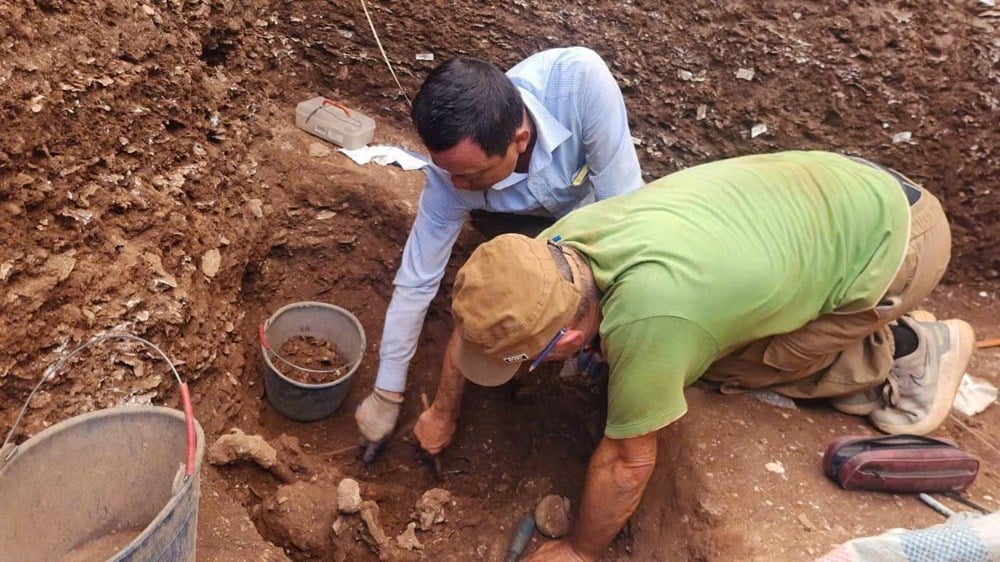
Two excavation pits with an area of 18 square meters revealed many stone and bone artifacts such as axes, flakes, pestles, stoves...
Notably, at excavation pit number 2, archaeologists discovered 9 sets of remains lying at a depth of about 3m.
The remains were mostly buried in a typical knee-bending position, densely distributed with a distance of only 50cm between graves.
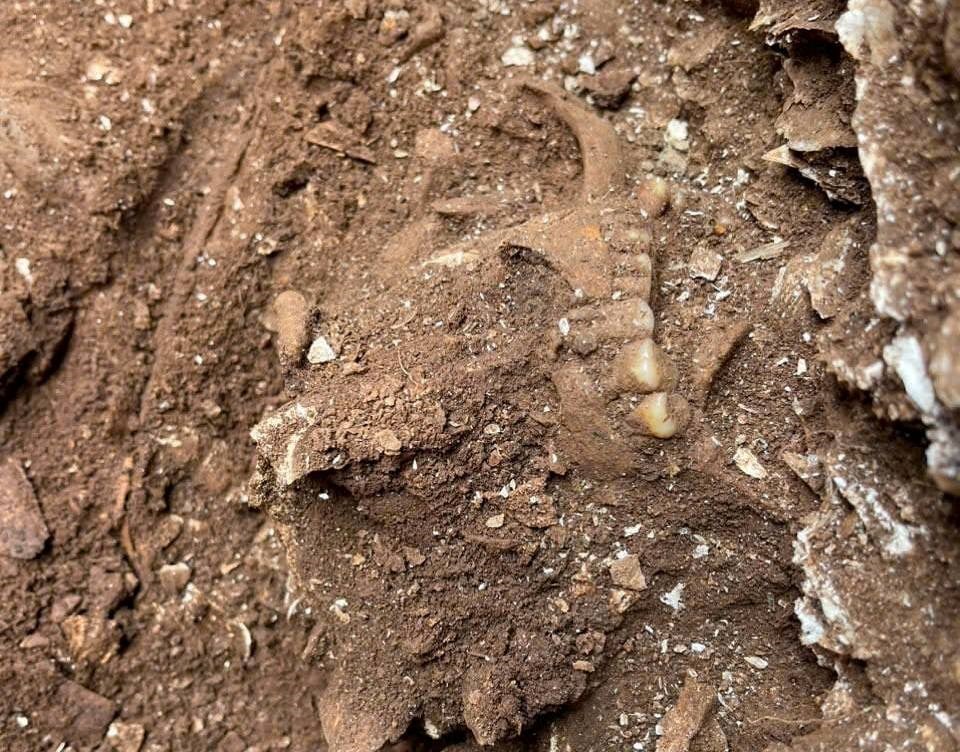
In particular, there are 3 remains stacked on top of each other, separated by a thin layer of soil and mollusk shells, typical traces of the residents' activities during this period. Some graves also have jewelry made of seashells and snails.
According to Nghe An Museum, Quynh Van culture belongs to the late Neolithic period, mainly distributed in the coastal plains of Nghe An and Ha Tinh.
The relics are usually scallop dunes 5-6m thick, 1-10km from the sea, located on a narrow plain, sandwiched between low mountain ranges and the East Sea.
The Quynh Van culture was first discovered by French scholars in the 1930s in the Cau Giat area.
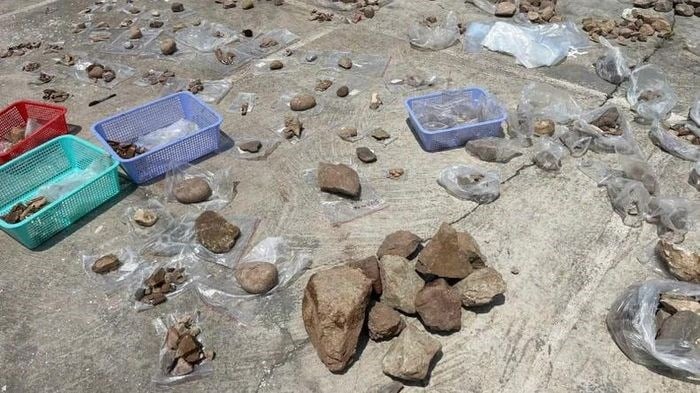
Through many surveys and excavations in 1963, 1976 and 1979, 21 sites related to this culture were identified, most of which were concentrated in Quynh Luu district.
Traces of habitation including kitchens, earthen pits, burials, stone tools, bone objects, pottery fragments and many mollusk shells show a lifestyle closely linked to the sea and hunting and gathering activities of prehistoric residents.
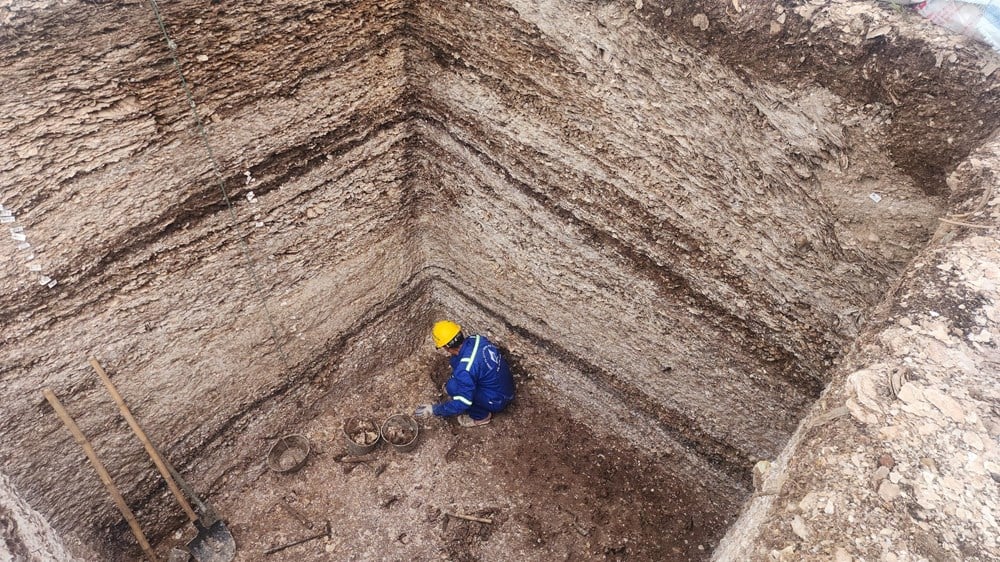
The excavation is still ongoing. The relics and remains will then be tested for C14 radiation to determine their age and conduct further research.
This is an important step in clarifying the historical value of Quynh Van culture, contributing more valuable scientific evidence to the prehistoric history of Nghe An and the whole country.
Source: https://baovanhoa.vn/van-hoa/phat-hien-khai-quat-9-bo-di-cot-cua-cu-dan-van-hoa-quynh-van-129006.html





![[Photo] Cat Ba - Green island paradise](/_next/image?url=https%3A%2F%2Fvphoto.vietnam.vn%2Fthumb%2F1200x675%2Fvietnam%2Fresource%2FIMAGE%2F2025%2F12%2F04%2F1764821844074_ndo_br_1-dcbthienduongxanh638-jpg.webp&w=3840&q=75)






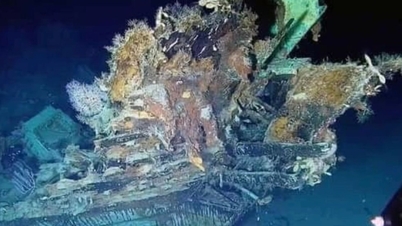


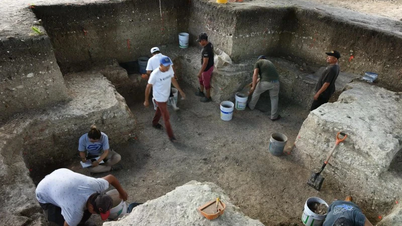

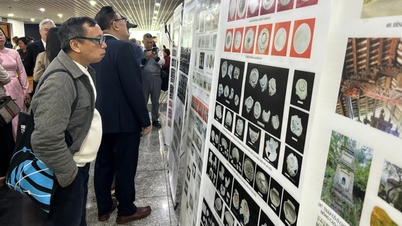




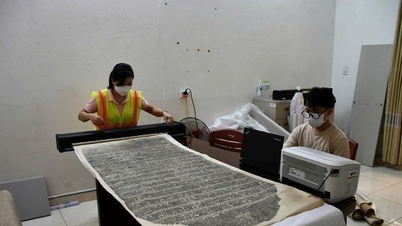


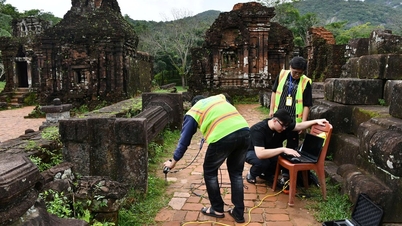














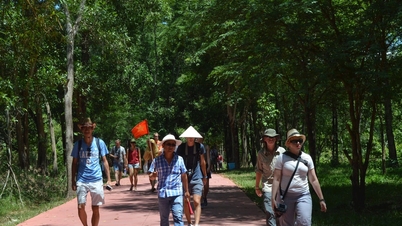

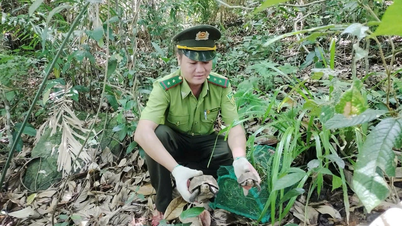

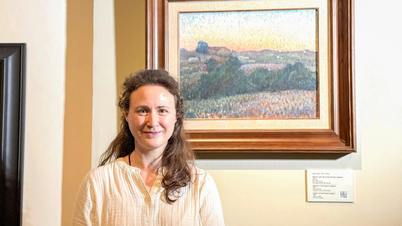



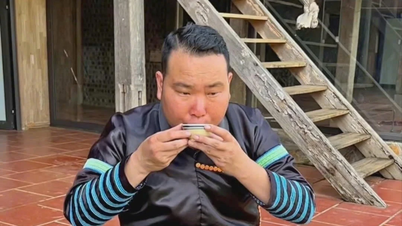











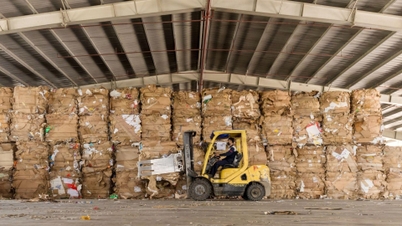













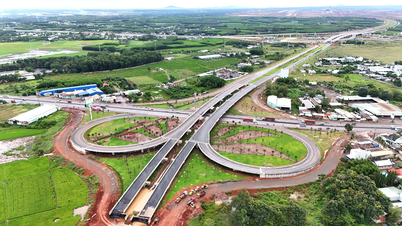



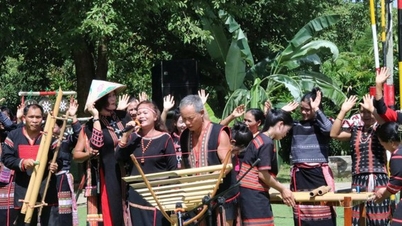


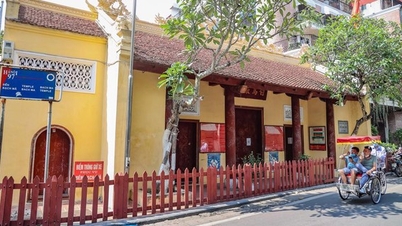


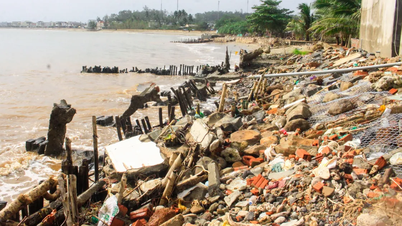

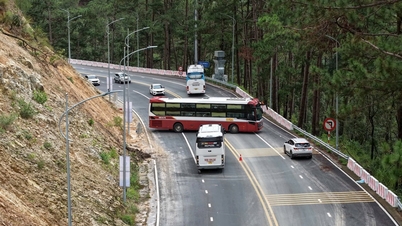




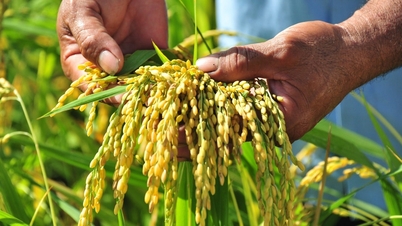











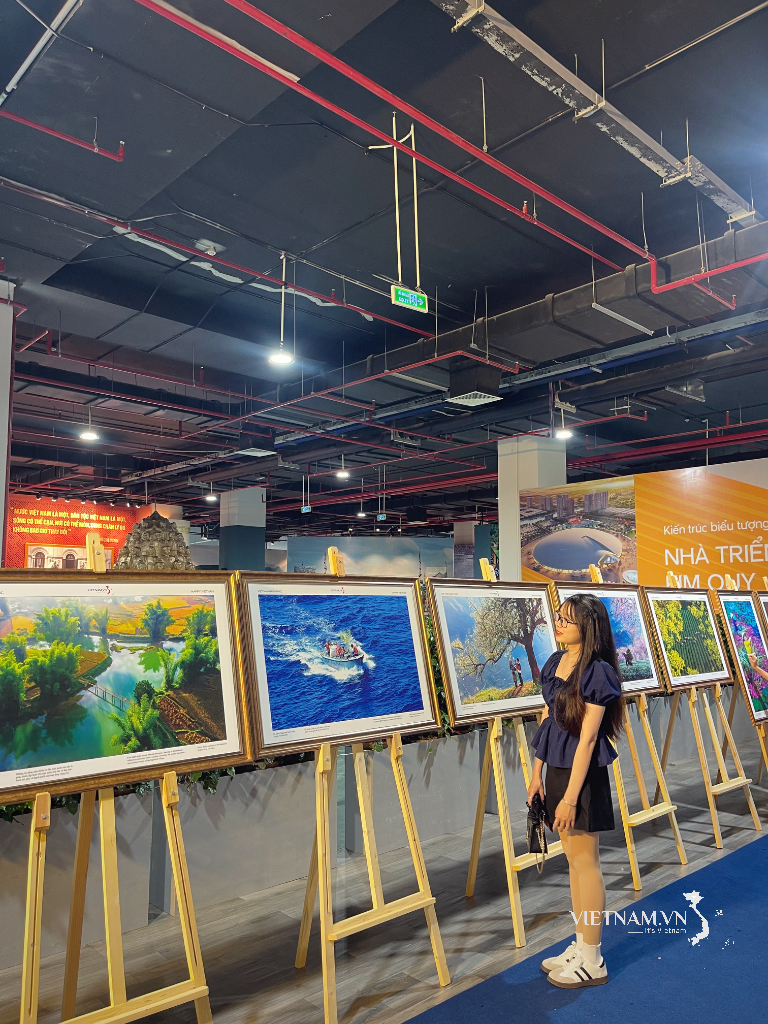


Comment (0)